Stop Fucking The Planet: Debbie Harry telling it how it is. PA Images
Guest post by Katherine Townsend, Nottingham Trent University and Ania Sadkowska, Coventry University
Debbie Harry led Blondie in their Pollinator tour last year, fronting the band at the age of 72 wearing Vin and Omi’s “Stop Fucking The Planet”range. As well as raising awareness of the need for sustainable design, Harry also challenged ideas about fashion and ageing.
Thankfully, older women are gradually becoming a more familiar part of fashion, with mature models such as Daphne Selfe (89), Jan de Villeneuve(72), and Lauren Hutton (74) regularly featuring both on the runway and in advertising campaigns.
Increased interest in the “advanced style” of the world’s ageing population is no coincidence and is fuelled by the potential spending power of these baby boomer “bright old things”.
Daphne Selfe: a style icon in her eighties. PA Images
According to Mintel, the UK womenswear market is faced with a declining youth population and an acceleration in the number of 55- to 64-year-olds regularly buying clothes. But what is particularly significant about those born between 1946 and 1964 is their involvement in the cultural revolutions of the 1960s and 1970s, which redefined fashion in terms of youth and sexuality and led to the birth of consumer culture as we know it.
Self-expression
For many of these individuals, wearing and making fashionable clothing has been an inherent form of self expression, and it remains just as important now as they enter retirement. Twiggy is a style icon for many women from this generation and in 2016 celebrated her 50th year in fashion. At 68, she still models for Marks and Spencer.
Yet despite this astute marketing and ranges by other high street brands, such as Kin by John Lewis and COS, our research demonstrates that the industry must still do more to engage with its older consumers.
Emotional Fit is an ongoing, user-centered research project that began in 2015, following an approach by a group of mature women. The women asked Nottingham Trent University’s School of Art and Design what higher design education was doing about fashion for older women, something they had heard so much about but couldn’t find much evidence of on the high street.
As a result, a creative fashion enquiry was initiated between academics from the school and the group, who were all aged 55 and over. This unique collaboration between researchers in fashion, textile design and creative pattern cutting, and over 40 female participants from Nottingham, is developing a new, more inclusive approach to fashion that considers the stylistic and emotional needs of older consumers.
One of the study’s key findings is that mature women not only feel overlooked within the predominantly youth-oriented world of “fast fashion” but that their knowledge of making and wearing fashion is also ignored and undervalued by both designers and retailers.
And so the research team, led by Dr Katherine Townsend with Dr Ania Sadkowska, Juliana Sissons, Karen Harrigan and research assistant Katherine West, involved the study participants in the creation of a series of fashion prototypes.
The results
One of the items co-designed during the research project. Rebecca Lewis, Author provided
We held a series of practical workshops and semi-structured interviews, during which the women expressed their expectations of fashionable clothing and told stories about their favourite items, reiterating the fact that “loved clothes last”.
They were actively involved in realising some of the designs by mapping their preferences onto the garments we created. As earlier research noted, this encourages a particular interaction with the potential customer, who becomes “integrated into the value creation” by contributing as a designer in the process.
Selecting fabrics and trying on partially completed garments proved to be particularly informative, revealing insights into the women’s embodied fashion knowledge, and resulted in two short films, including: Trying it On made in collaboration with Nottingham Trent University’s Jim Boxall.
The film shows the women modelling the garments they helped create at a public event, the Emotional Fit: Fashion Salon, staged in association with Fashion Revolution and held at Antenna, Nottingham.
The garments, combining bespoke textile prints with geometric silhouettes, were designed to accommodate a wide range of different body shapes, placing emphasis on “style and shape” as opposed to “size and fit”.
The women requested high quality, ethically sourced materials, so we made coordinating separates in silk, viscose, wool and Irish linen. We also applied a zero waste approach, using the entire fabric width, with any waste made into personalised details. This is in line with what Orsola De Castro describes as “the new creativity, the new solution-based movement”.
At the end of the salon, group coordinator Helen Brady-Scott quoted Coco Chanel to reflect how the engagement had made the women feel:
You can be gorgeous at 30, charming at 40, and irresistible for the rest of life.
Printed and plain geometric shaped garments modelled by participants in the Emotional Fit project. Rebecca Lewis, Author provided.
Much progress has been made, but it’s clear that fashion could be doing more to support sustainability by engaging with its older customers – and making them feel irresistible for longer.
Originally written for ‘the Conversation’.


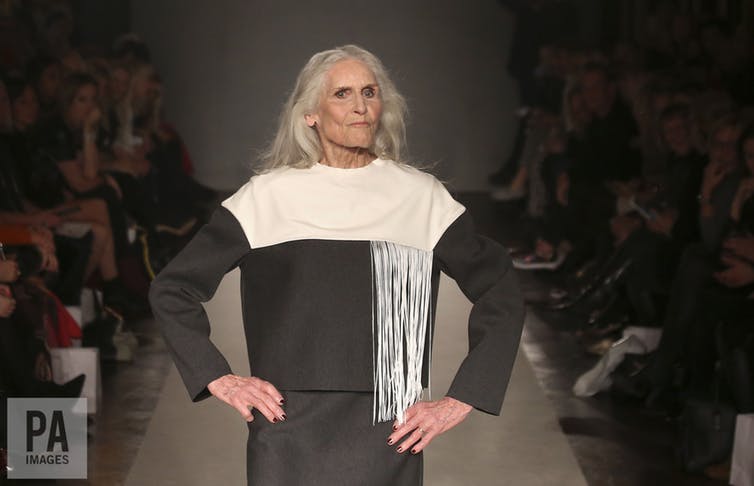
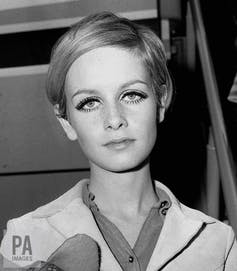
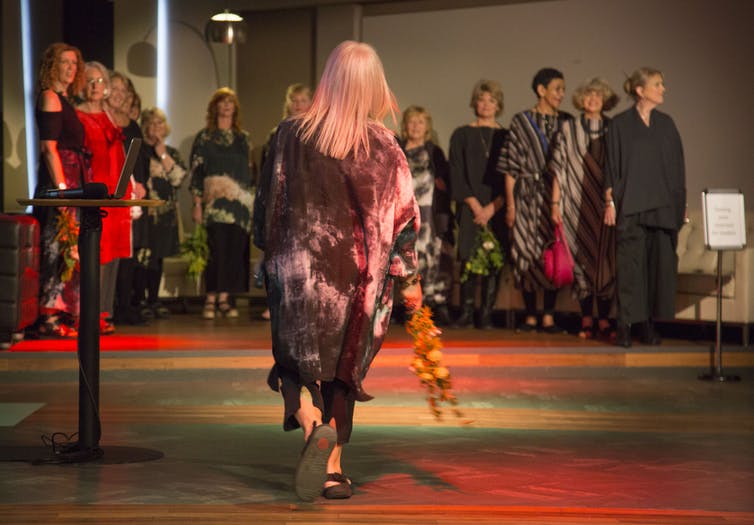
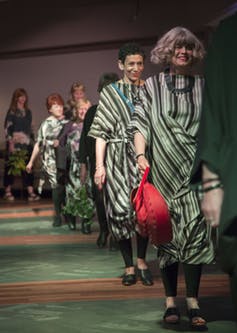
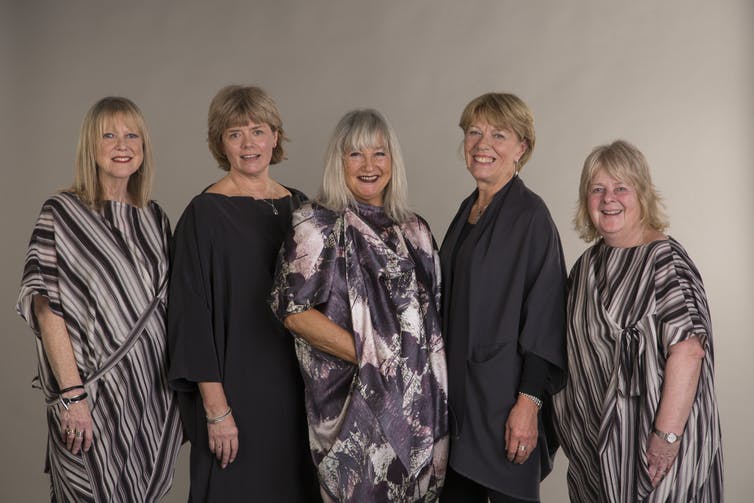


Comments are disabled